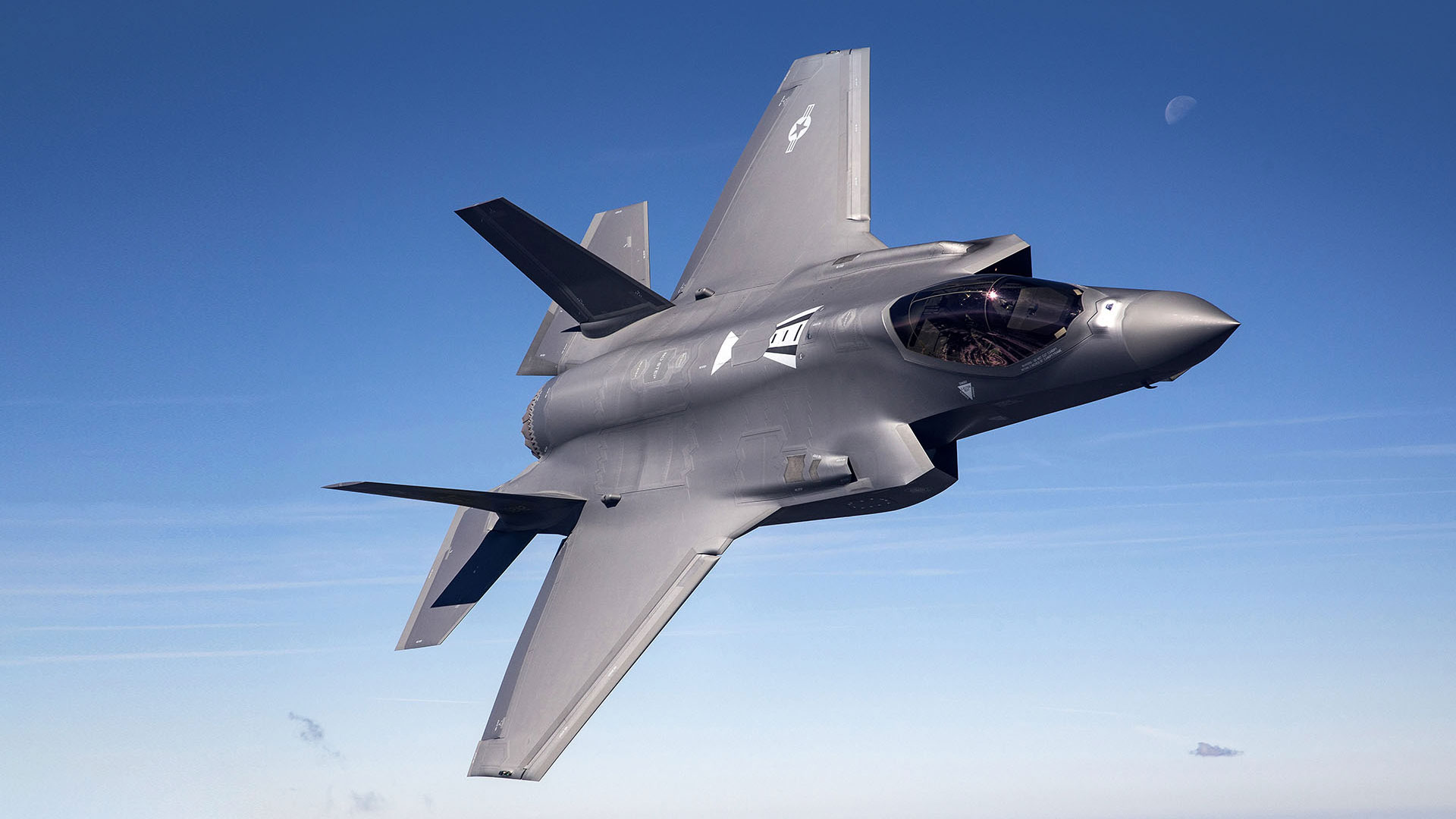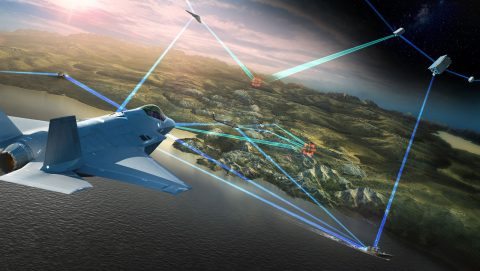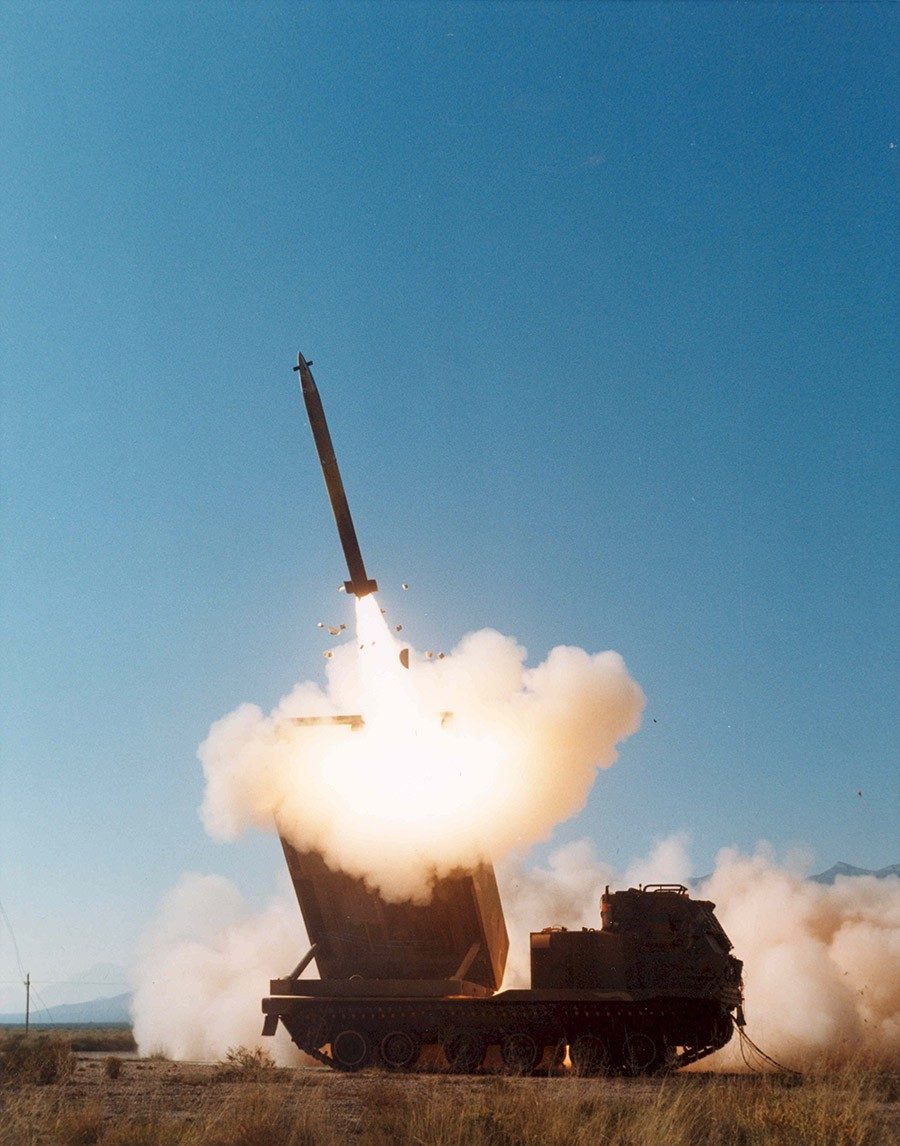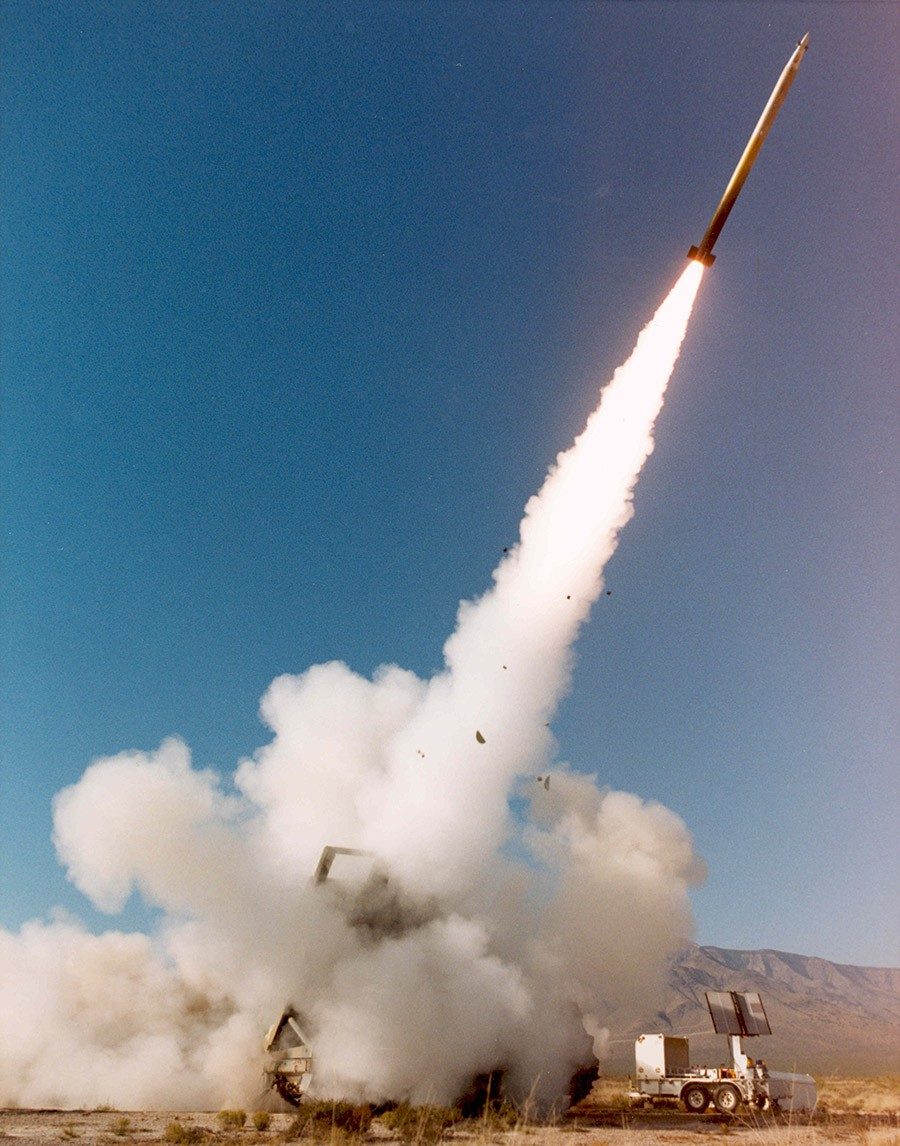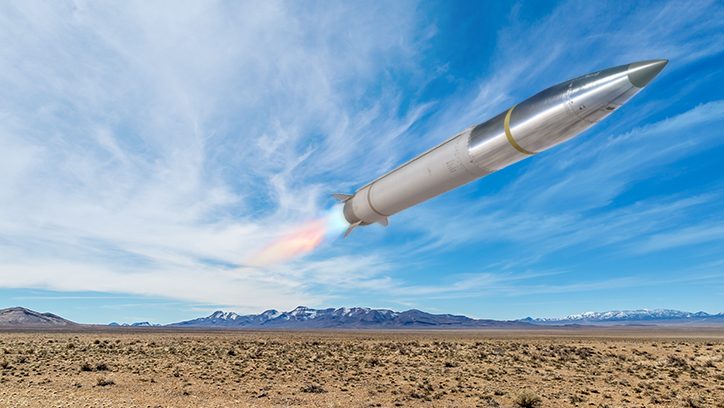Lockheed Martin’s Extended-Range Rocket Excels in Long Range Flight
GMLRS Munitions: The right Precision Fires solution for every mission
The MLRS Family of Munitions (MFOM) includes a variety of precision-strike rockets and missiles, with on-going evolutionary development to meet the needs of the warfighter. These combat-proven low-cost, low-risk rounds greatly reduce collateral damage and provide tremendous capability and flexibility in addressing today’s threats.
Specifics:
- Persistent, responsive, all-weather, rapidly-deployable, long-range, surface-to-surface, precision-strike capability
- Fired from both the MLRS M270 family of launchers and the HIMARS launchers
- 6 rockets per launch pod, with 2 pods carried by the M270 launchers and 1 pod carried by the HIMARS launchers
- More than 60,000 GMLRS rockets produced to date and climbing
- GMLRS rockets have a reliability rating exceeding 98 percent
- An Extended-Range GMLRS (ER GMLRS) rocket is in development
Current GMLRS variants include:
GMLRS Unitary: The combat-proven Guided MLRS Unitary round integrates a 200-pound unitary warhead, providing precision strike for point targets. The Unitary variant has a range exceeding 70 kilometers.
GMLRS Alternative Warhead (AW): The Guided MLRS AW round was the first munition developed to service area targets without the effects of unexploded ordnance, complying with the U.S. Department of Defense cluster munitions policy and international policies. The AW variant has a range exceeding 70 kilometers and delivers a 200-pound class fragmenting warhead.
Extended-Range (ER) GMLRS: A new developmental variation of the GMLRS family, ER GMLRS offers an extended range out to 150 kilometers in all weather conditions. ER GMLRS shares commonality with legacy GMLRS, and is deployable by HIMARS and the MLRS M270 family of launchers. The rounds incorporate a larger motor and have enhanced maneuverability due to tail-driven control.


